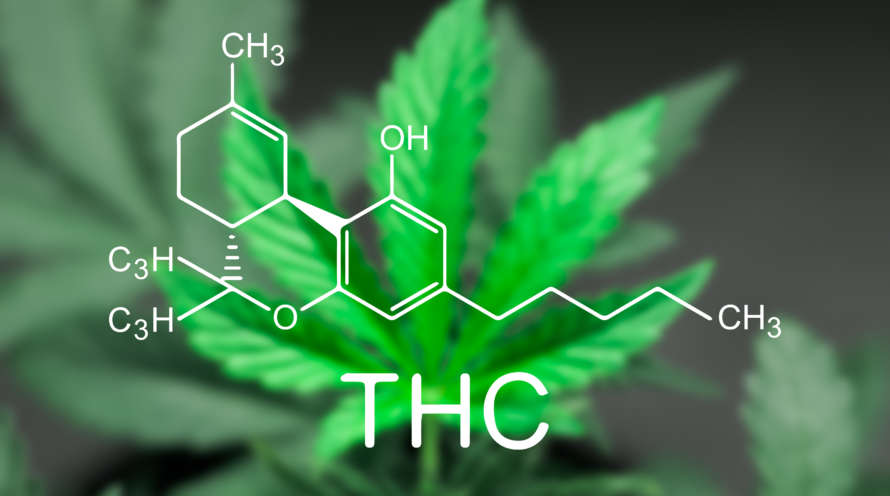In 2015, the New South Wales government in Australia released a series of anti-weed adverts aimed at teens. The ads depicted high teenagers as sloths. Not just metaphorically, but literally. In the videos the giant teen-sloths are dressed in clothes, are incapable of speech, moan pathetically, and variously fail at: talking at a party, passing the salt, and taking a test in class.
The tag-line is “you’re worse on weed”. The sloths themselves cop flak from their fellow non-sloth teens who deride them by calling them “stoner sloth”.
The videos were widely shared, parodied, and spurned a range of fun merchandise such as a ‘Pass the Salt’ T-shirt. The worldwide internet-using community had an absolute field day over the disturbingly over-sized sloths, and the ridiculous videos.
The purpose of the videos is clear, the government wants to halt marijuana use among teens. The failings of the videos are also clear. For one, stoned people don’t normally act like that. In fact, most stoned people do still know the difference between salt and a salad.
With that in mind, we ask, what exactly is THC anyway? How does it work? And crucially, is there any chance it will turn me into a sloth?
Let’s Get Technical about TCH and Cannabis
As you’re probably aware, THC is the active and high-inducing chemical found in marijuana. It stands for Delta-9-Tetrahydrocannabinol (▵9_THC), and it is the primary psychoactive found in the plant. A complex chemical compound, THC is responsible for any effects you feel after you smoke, ingest, or otherwise consume weed.
Although all parts of a cannabis plant contain THC, it is in the trichomes that the highest concentrations are found.
At this point you might well be wondering what the heck a trichome is. It’s a fancy Greek word that means something akin to “growth of hair”. When we talk about trichomes and weed, we’re referring to the fluffy, sticky, dew-like stuff that covers the buds and gives weed its pungent odor.
Interestingly, trichomes do not just exist on cannabis. Observed across the plant world, trichomes developed to provide a defense against animals who might be considering grazing on the plant. Or, as in some carnivorous plant species, to provide a juicy-smelling lure to aid the plant in capturing prey.
The THC content of the trichomes varies depending on the maturity of the plant. When the plant first begins to produce THC, the trichomes appear clear, transparent. As the plant develops these become opaque and finally take on an amber hue. When the trichomes appear amber, the THC content has reached its peak.
So, How Much THC is in Marijuana?
Without proper equipment to measure THC, it’s hard to say exactly how high the THC content of a given bud is, as this varies greatly. Standard cured weed buds could contain a THC percentage anywhere between 10% – 27%.
Interestingly, there have been recent tests and studies done which indicate that today’s weed is stronger than that which our parents and their generation consumed. These findings correlate with the findings of previous studies too: THC percentages in cannabis are increasing.
Three decades ago, THC levels generally sat at less than 10%. Nowadays, owing to commercial cross-breeding, these levels have nearly tripled. In some strains researchers found THC levels close to 30%.
In its concentrated form, (think shatters, oils, and waxes, all products used for dabbing), cannabis is much more potent and can contain a THC percentage anywhere from 40% to 80%.
The higher the THC percentage of the cannabis a person smokes, consumes, or generally imbibes of, the greater the effect on that individual’s brain.
Wait… What’s That About My Brain and Weed?
Like many drugs, THC acts directly on the human brain. The chemical taps into our natural communication network and affects the ways in which neurons send, receive, and process information.
THC can do this because its chemical structure mimics that of our own natural neurotransmitters. Our receptors are fooled by the similar structure into allowing the drug to attach to and activate our neurons. But because the drug doesn’t activate neurons in the same way as our natural neurotransmitters do, abnormal messages are transmitted through our networks.
When we get high, THC tells the cannabinoid receptors in our brains to release the chemicals dopamine and norepinephrine. These chemicals then in turn create the effects which are associated with getting stoned: euphoria, relaxation, elation, enhanced physical sensations, and sometimes, paranoia. As with all other drugs, marijuana affects individuals differently. A small amount of THC for one person can be a trip to the moon and back for another.
Cannabinoid receptors were first discovered in 1988 by researchers who suspected that THC worked via a receptor system rather than a membrane-based mechanism. But it wasn’t until the early 90s that enough evidence was collected that firmly endorsed the presence of cannabinoid receptors.
Why Would I Even Have Cannabinoid Receptors?
We have cannabinoid receptors because our bodies naturally produce cannabinoids. The ones we produce are not the same as those introduced into our bodies by THC though, and are far, far less potent. Research has even shown that there may be cannabinoids present in human breastmilk.
The once hypothesized endocannabinoid system is now widely recognized and is the subject of numerous studies and medical research. There is a strong suggestion that modulating the activity of this system could hold therapeutic benefits across a range of diseases and pathological conditions including MS, Parkinson’s, Huntington, and many others.
Our receptors come in two different varieties. CB1 and CB2. The majority of CB1 receptors are in our brains. These are the ones responsible for us feeling high. CB2 receptors are found all over the body and are associated with the immune system. When THC interacts with our CB2 receptors and our immune system, we may experience a lessening of pain.
Enough Big Words, Back to the Sloth. Specifically, Can Weed Turn Me into One?
Thus far, there is no evidence to suggest that getting high can transform an individual into a giant South American mammal. This isn’t Hogwarts and stuff like that doesn’t happen in real life.
That said, the Australian government did have one thing right: weed can certainly slow you down. Because THC affects (to the point of shutting down) a lot of the standard neuroprocessing that your brain is busily doing in your hippocampus, short-term memory loss is highly likely. So too is an impairment of the brain’s ability to form new memories when under the effects of the drug.
This does not mean that getting high will render you useless when trying to discern the difference between salt and a salad though. And you’ll likely retain the ability to speak—even if girls still make you nervous.
Please don’t take anything you read here as medical or legal advice. If you need medical or legal advice, consult a doctor or lawyer. The articles and content that appear on this website have been written by different people and do not necessarily reflect the views of our organization.


